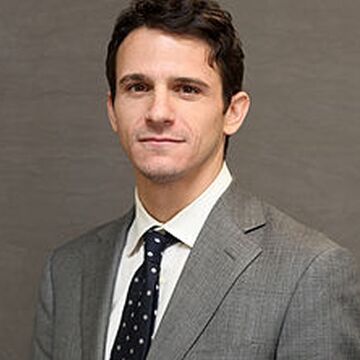|
Description
The art of life writing includes yet transcends the genres of (auto)biography, memoir, confession, diaries, journals, and social media posts. It is a way of life, a creative practice, a performative invitation of past, present, and future selves. As an essential skill of self-representation beyond the classroom, life writing is ideal for exploring the roles of memory, time, authority, and experience in creating individual and collective identities. This seminar will engage key figures across the span of life writing, including Frederick Douglass, who, regarding biographical details such as his age and parents, writes, ¿I know nothing; the means of knowing was withheld from me.¿ As we experiment with innovative tools for writing life in the 21st century, including voice-based composition, we¿ll consider the styles and effects of life writing, including its power to discover as well as create knowledge. Other texts may include St. Teresa¿s Life, Mary Karr¿s The Art of Memoir, Tara Westover¿s Educated, and Ben Franklin¿s Autobiography. Authors including Sidonie Smith, Julia Watson, Leigh Gilmore, and Ben Yagoda will provide critical context for our discussions. Students will create 15-20 pages of formal, revisable, and publishable writing across three short essays and two in-depth revisions. FYS I guides students through college-level writing, establishing foundations for FYS II and upper level Liberal Arts classes.
|
Class Number
1356
Credits
3
|
|
Description
Generative art, resulting from creative practices involving automation and artificial intelligence, has existed for decades if not centuries. Already in 1970, the School of the Art Institute of Chicago created a department called Generative Systems to study and experiment with art practices harnessing new technologies. Still, with the recent release of powerful text-to-image generators and natural language processors, many are celebrating, dreading, and warning of a brave new world where machines can automatically create ¿art¿ which once would have required countless hours of human labor, experience, and courage. ¿We¿re Witnessing the Birth of a New Artistic Medium,¿ reported The Atlantic in September 2022. In November, The Guardian asked, ¿When AI can make art ¿ what does it mean for creativity?¿ Artists were understandably outraged when an AI-generated artwork, Théâtre D'opéra Spatial won first place for digital art in the Colorado State Fair¿s fine arts competition. Together we¿ll experiment at the intersection of technology and art, exploring what it means to make art when algorithms can automate parts of the creative process. Whether you believe that auto-generative AI democratizes or dehumanizes artistic creation, rather than dismiss or fight an inevitable future of auto-generative artificial intelligence in art, we¿ll discover how emergent technologies can enhance human creativity and promote humane artistic practices. FYS II develops college-level writing skills, preparing students for upper-level Liberal Arts courses. Students will create original research (and textual art) around topics including authenticity, mimesis, copyright, autonomy, automation, (non)human creativity, and the evolving markets for artistic work. We¿ll develop and refine the writing skills learned in FYS I while experimenting with generative writing and research methods. Students will leave this course with a portfolio of original, publishable writing, as well as a foundational grasp of the history and futures of generative art. Readings and screenings may vary but will focus on pioneers in the creation, curation, and market of generative art. Some of the scholars and artists we will engage with in this course include Sonia Landy Sheridan, Georg Nees, Frieder Nake, Vera Molnár, Margaret Boden, and Francesca Franco. Students will create 20-25 pages of formal, revisable, and publishable writing across three short essays and two in-depth revisions. Students will also learn to write a research paper, using scholarly constraints to enhance creativity.
|
Class Number
1391
Credits
3
|
|
Description
What is the meaning of life? How does life translate to the page and canvas? In this course, we will practice the art of writing by representing its relations to life. FYS II develops college-level writing skills, preparing students for upper-level Liberal Arts courses. We¿ll focus on still lifes¿among the most enduring, versatile, and overlooked art forms¿which illuminate new perspectives on the lives of artists and the lives of objects we represent. Authors including Lisa Knopp and Norman Bryson will provide critical context for the course, while artists including Alice Neel, Georges Braque, Fernand Léger, Juan Sánchez Cotán, Jonas Wood, Henri Matisse, and Pablo Picasso will set the table with examples of the genre. However, students will develop writing projects around still life artists of their choice. We will experiment with ekphrasis, the detailed written description of visual art. We¿ll write about art that portrays the interplay of life, death, and (in)animacy, as we consider the history of ideas represented through still lifes including: the limits and possibilities of genre, vanitas, memento mori, and subject/object relations. Students will create 20-25 pages of formal, revisable, and (if they choose) publishable writing across three short essays and two in-depth revisions. Students will also learn to write a research paper, using scholarly constraints to enhance creativity.
|
Class Number
1343
Credits
3
|

